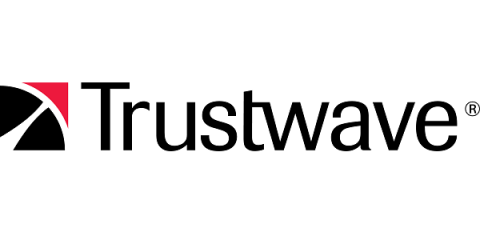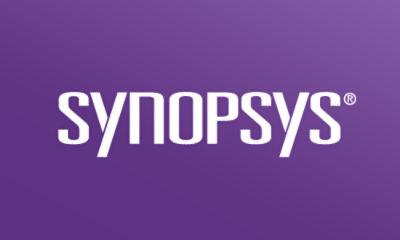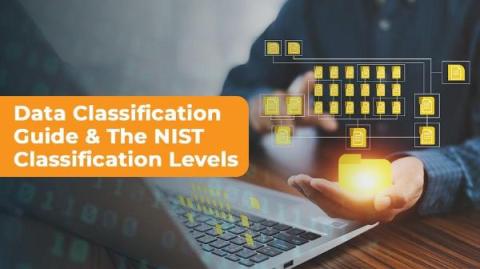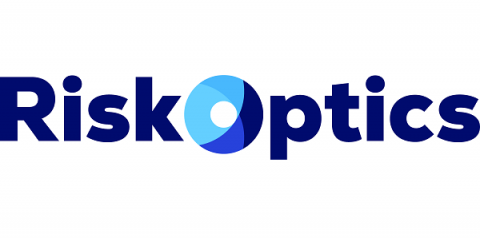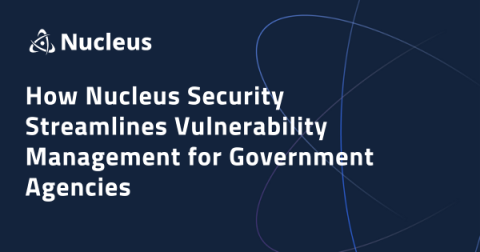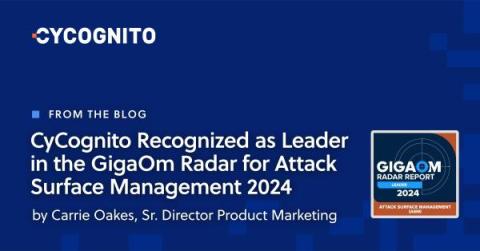How to Ensure Proper Managed Detection and Response Coverage, Even with Rapid Onboarding
Managed detection and response (MDR) providers often tout how quickly they can onboard new clients, and rapid onboarding can indeed be essential in many instances, but speed is not always paramount. What is crucial for long-term peace of mind is to configure the MDR service for robust detection of threats and protection of all your critical assets. This scope-of-coverage aspect can get lost as MDR providers promise to onboard clients in ever-tightening timeframes, including self-service onboarding.


